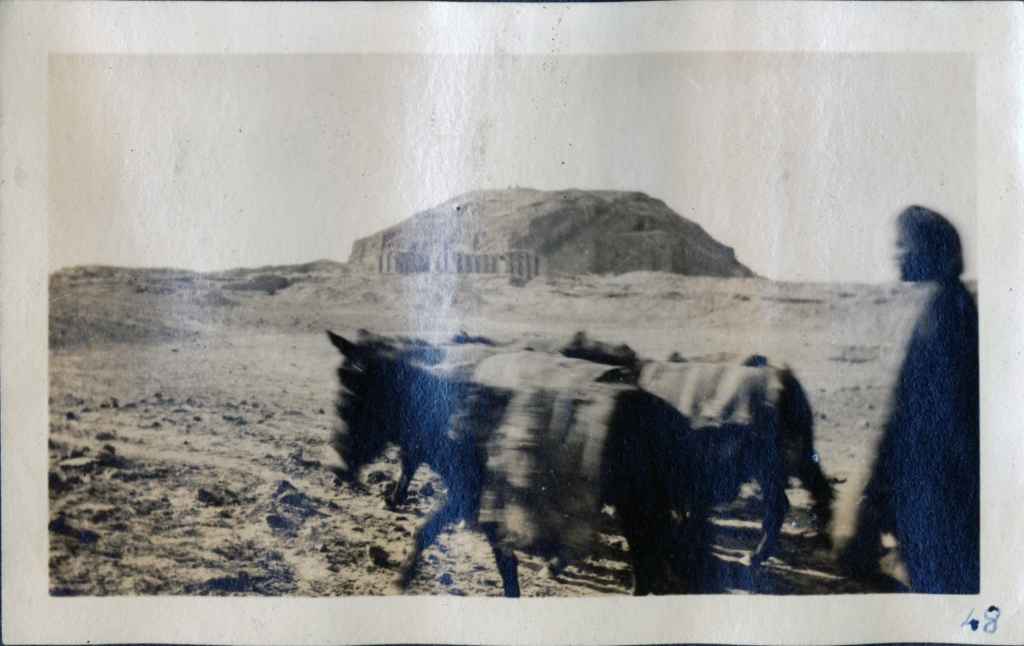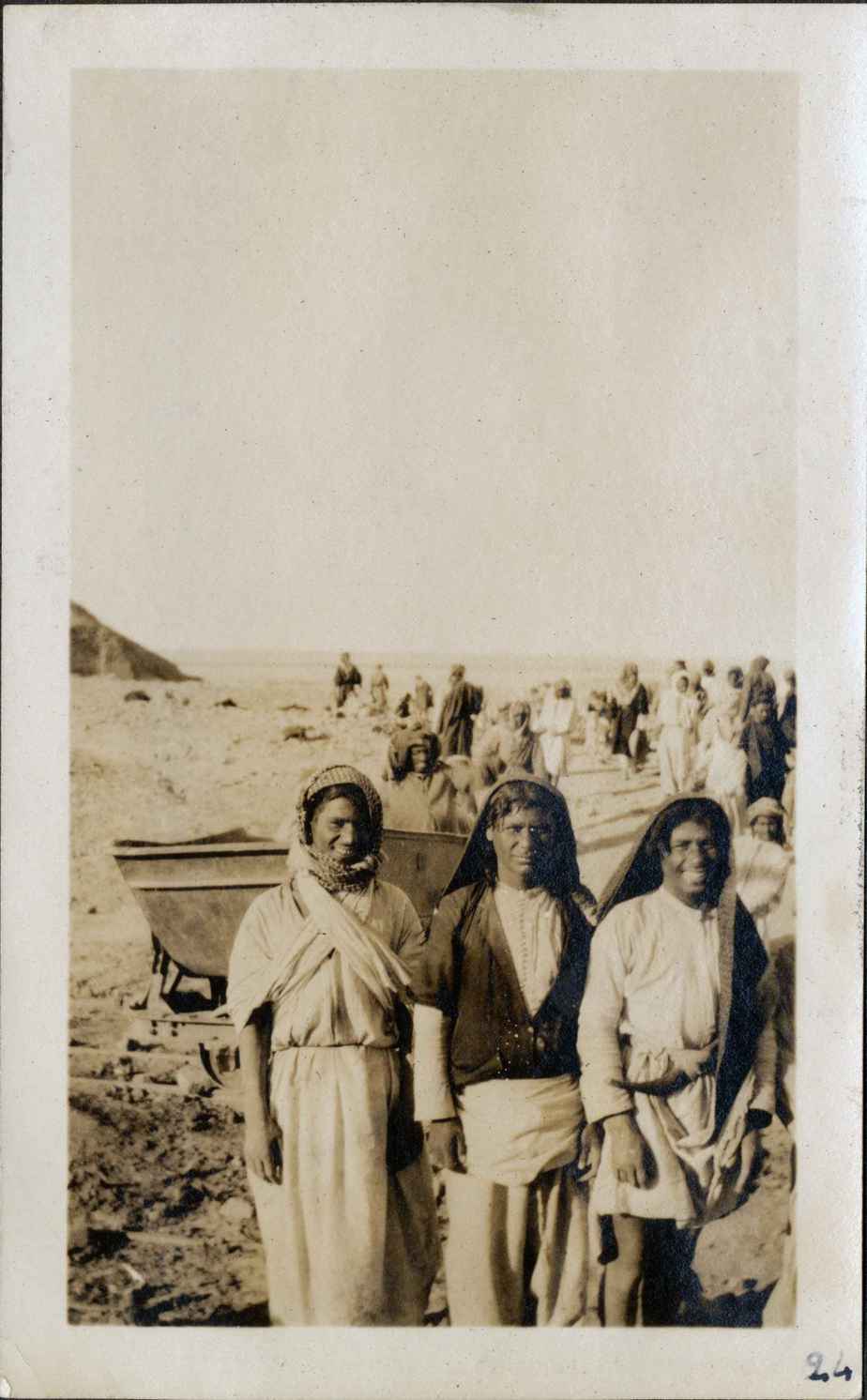Table of Contents
Taken by Leon Legrain (1925-1926).
Historical Review
Geographical Area of Ur ‘of the Chaldees’
The Neolithic Technology Connection
By John J. Gentry Sr
Preface
This is a ongoing research paper, and has been grown from a original review back in 2009 of excavations of the “City of Ur”. With ancient archaeology a great interest, and the significant amount of historical dominance we give to human civilization from these people, and the unknown connections to other peoples north of there along the same river ways several culture, and subcultures have traveled. With small early towns that date back to 9,000 BC and maybe even older, we have to consider, and postulate that human civilization possibly pre-dated our current understanding of human history, and academics need to research these connections further. This paper is a gathering of my research, and where I will expand this as time goes on.
The City of Ur
His work has led me to other books listed here that make up the bedrock of research into the historical record or the Reed peoples, The first known city of Eridu, and the City of Ur. When reading these works an overwhelming picture begins to form in regards to humanity living within these earliest known civilizations, and one does begin to wonder if the ideas and concepts of these peoples have present the possibility of an much earlier period of human existence. It is with this in mind that I am researching this particular area with a more in depth focus, and will look for links between these early civilizations, and connections north within present day Turkey. It is my goal to expand this work over time, and to develop this into a proper hypothesis, and thesis that has not be formulated to date.
I chose this subject originally for a simple reason. While serving in the US Army in 1991, I stumbled upon Woolley’s excavation site, and that of the other Archaeologists from around the world who came after him. Once I discovered the name of Ur through a translation from Arabic, I decided to discover it for myself. I visited the site over several days and found it fascinating. The temple, still being intact, stood in the center of the ruins and was the center of attention. The excavated burial caverns were still intact as well, but had been inhabited by the Iraqi Army during the war. On the far right side of the city there was a large dugout section that had collapsed. This section showed the many centuries of existence layer by layer. I recovered severed pieces of pottery and examined them. Since they were from one of the bottom layers, I would have to assume that they were several centuries old or older. There were doorway arches and humble homes or shops still in existence once Woolley opened them up. Some of these structures were used to live in once he left. It is really amazing that something so old was so well preserved. I can fully understand where Woolley was coming from in regards to seeing Ur for the first time. To stand there in awe and visualize in one’s mind an active city full of life, or to imagine Abraham going to his father and saying it was time to leave the greatest city of its time sparks the imagination. To see the present day inhabitants living as desert wanderers, going from site, to site was very surprising. Since these people could be ancestors to the early Ur city dwellers, it is disturbing how far man’s civilization can collapse. This has been just another illustration to me how history does repeat itself. Researching this subject and reading these books, journals, and research papers are fulfilling an idea that I once started almost 28 years ago. I hope the caretakers of the site are able to preserve this ancient city for further examination in the future, as I know under the sand there is history of a time long lost and forgotten.
Taken by Leon Legrain (1925-1926).
The contents of Woolley’s written material are broken down into nine chapters. Chapter one looks at the beginnings of Ur, and tries to lay out in chronological order the time before Ur all the way up to 300 BC with Nebuchadnezzar II and the last days of Ur. The book is organized well, but with some heavy editing to remove most of Woolley’s biblical references that were in the original material. This is laid out in great detail by the editor P.R.S. Moorey, since he thought there were inaccurate assumptions. Since Woolley was educated as a minister, and was the son of a minister, he thought the use of biblical references were inappropriate.
My favorite chapter would have to be the “Beginnings of Ur “. I found it intriguing how British consul J.E. Taylor attempted over several years to excavate the site, but could not due to the region’s instability. It is interesting how little things have changed from then to now. The ruins of Ur were found and first excavated by the British consul J.E. Taylor, who partly uncovered the Ziggurat of Nanna. The British Museum began excavations there in 1919 and was joined later by the Museum of the University of Pennsylvania. The expedition completely excavated the ziggurat, the entire temple area at Ur, and parts of the residential and commercial quarters of the city. When Woolley excavated the site, the most spectacular discovery was the Royal Cemetery. There were items buried with the dead to include pottery, headdresses, and a bull headed lyre statue that combined different metals. There was a bottom base of some kind of table, but the wood was long gone.
During the 5th millennium BC a people known as the Ubaidians established settlements in the region known later as Sumer; these settlements gradually developed into the chief Sumerian cities, namely Adab, Eridu, Isin, Kish, Kullab, Lagash, Larsa, Nippur, and Ur. The early settlers were people who inhabited villages that were laid out along the marsh waters of the river Euphrates. They built up these villages using mud and reeds as building materials. Their diets seemed to consist of fish and grass grains farmed along the river. When the first early city center was established, it appeared to be well thought out. With store rooms and courtyards excavated there was evidence of the local grains and animal husbandry, including cattle and pigs. This would lead me to think that trade routes were well established at this time.
Taken by Leon Legrain (1925-1926).
The early inhabitants were very similar to the Marsh Arabs and there would not be very much evidence available to archaeologists today. One thing this chapter did lay out is that there was evidence from Ur to support that Eridu was about 12 miles from Ur, and was the oldest city site. The early marsh-type people are named the Ubaid people. They were agriculturalists, as many hoes and sickles are evident at sites. The sickles were made of baked clay, which I find amazing. Somehow they figured out a way to create cutting implements by hardening a pottery-based implement, a very ingenious idea. However, the credit for establishing the civilization should go to the Sumerians who were the second settlers. They brought art and literature which far surpassed that of the Ubaidians. The beginnings of most of the western ideas regarding time and possible legal matters can be found in Sumer clay tablets. It is with this information historians, archaeologists, and anthropologists can begin to lay the foundations our current historical overview. From the obvious fact that bodies of water have changed over time leaving us early mounds of reed people inhabitation to the cities of the region. The first world cities and civilization were formed and lay beneath the sand, and hopefully one day archaeologists will be able to fully excavate this land and establish linkage to other possible site, and documentation for future generations to follow.
Before Ur the city of Eridu had already existed and may have continued to exist during the same period of time. With information gleaned from the Greeks passed down from the remnants of the Babylonian empire this is the creating myth of Eridu and how it came to be in existence. Now as with most information passed down over thousands of years there is an element of truth that may be able to be gleaned from the information. The first king of Ur was known as Mes-Anni-Padda, from the first Dynasty of Ur (late 4th-early 3rd millennium BCE), and he was succeeded by his son, A-Anni-Padda. During the rule of these kings Ur was constantly at war with other city states of Mesopotamia. Raiders attacking from Akkad, ended the First Dynasty of Ur. Ur then entered a stage similar to the Dark Ages in Europe after the fall of Rome, and remained that way until a new king, Ur-Nammu, came to power. Under the rule of this new king a government was established and time was taken to revitalize life in Ur, and to promote the patron moon god of Ur, Nannar. Temples were built, including the biggest and most beautiful of them all, the Ziggurat. This, along with an increase in irrigation and agriculture ended the first depression of Ur. The temple of Ziggurat still stands today and with its steps intact can be climbed to the top.
I found this book very enlightening and informative. The author did a great job laying out the material in a way that anyone can grasp. Beginning with the excavations, earliest the book documents the early and later history of the region. The in depth coverage of the burial site was great, since it really was the biggest find of its time. This book helped me immensely in filling in the detailed information regarding the temple of Ziggurat. The editor of this edition also did a good job. I think it is interesting how the core of Woolleys material still stands on its own merit today. His writing style and information was easy to comprehend and allowed one to follow along quite well. There is some information towards the end of the book regarding the area around Ur after the demise of the city. Information regarding this time period is important and informative, but I am not sure it belongs in this work. This time period could be a book apart from Ur by itself. The information presented here cannot be understated, since it really sent the world of archaeology into the public mainstream and put physical images into the hands of Bible scholars. This was one of the main finds that Bible scholars believed help validate the Torah of Judaism.
Where did the early technology of the Sumerian City of Eridu come from?
The Black Sea Hypothesis
I think is important to point out Geography map wise and begin to fill in the different puzzle pieces in order to consider my hypothesis that Eridu was not the first human civilization but only a larger city or providence of similar style and technology that predates what they had. Religion, and mythology can give us a glimpse of these ideas, and I’m going to expand upon this as I go. But first I want to talk about the Eridu creation myth.

Sources
Woolley, Sir Leonard. Editor P.R.S. Moorey Ur ‘of the Chaldees’ : a revised and updated edition of Sir Leonard Woolley’s Excavations at Ur. Ithaca, N.Y: Cornell University Press, 1982.
http://www.ur-online.org/
Here are some keywords you can search to continue your research.
By using these keywords you will be able to fully research the city of Ur in great detail.




